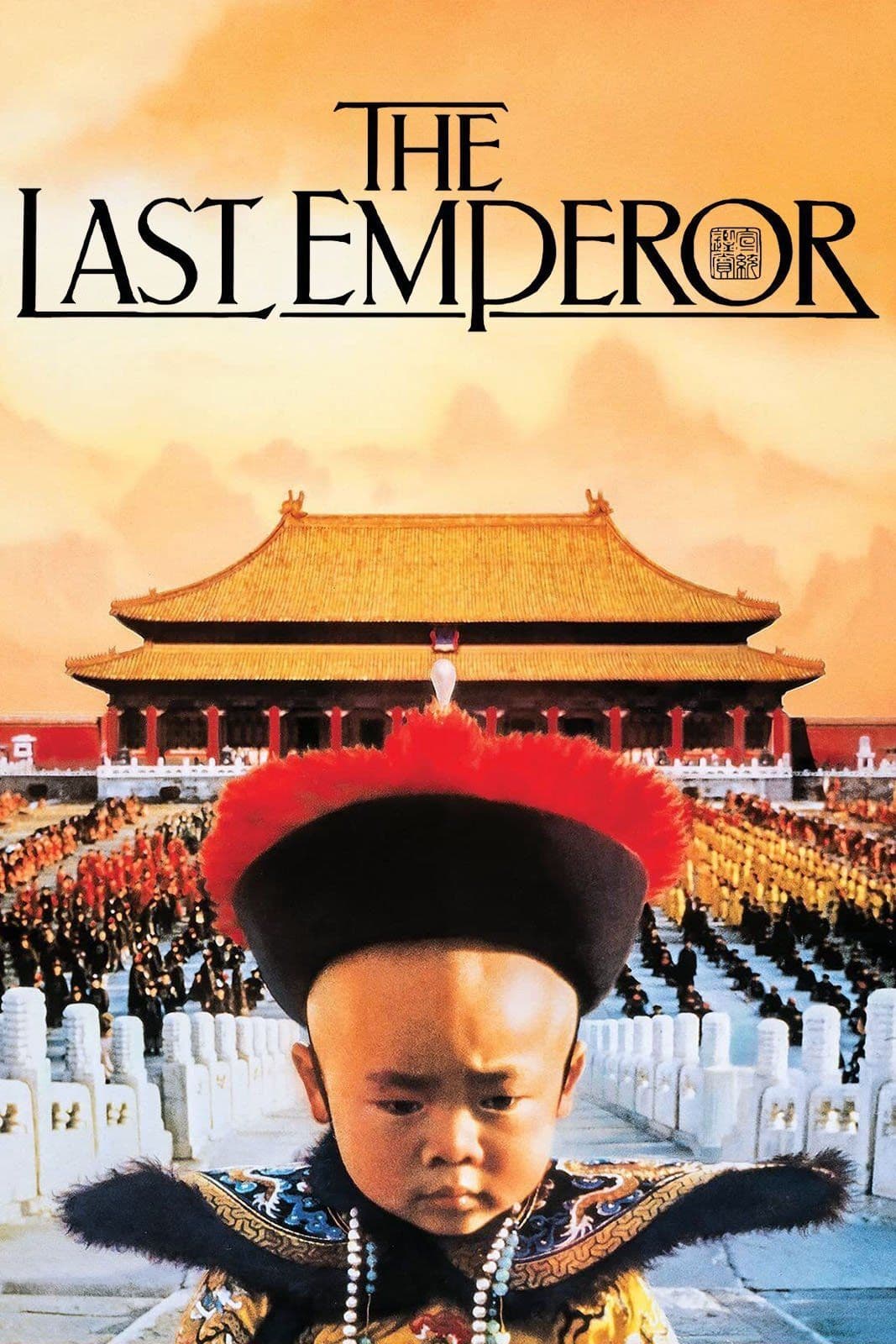
The Last Emperor
1987
Rate this movie
Average: 0.00 / 5
(0 votes)
Director
A grand cinematic machine awarded by the Academy with a remarkable 9 Oscars is also the crucial film for Bernardo Bertolucci's artistic journey, marking a triumphant return to the epic scope of works like 1900, but with a mature sensibility and a fascination for the East that would later lead him to further explore these themes. Although not devoid of its intrinsic sensuality and typical psychological inquiry, here it rises above the intimate to embrace a historical fresco of rare magnificence, transforming biography into myth.
Numerous elements make this work a cinematic excellence of rare stylistic perfection. James Acheson's costumes, not mere embellishments but true diegetic instruments that punctuate the eras and the emperor's progressive divestments, from lavish silk to military uniforms, and finally to bourgeois clothes, reflect the loss of identity and power. Ferdinando Scarfiotti's set designs, moreover, with their ability to convey the oppressive vastness of the Forbidden City – a gigantic open-air set for the only individual imprisoned within it – and to contrast it with the increasingly confined and claustrophobic spaces of Pu Yi's later life, are a triumph of architecture and design. Vittorio Storaro's cinematography, a true poet of light, elevates every shot to a pictorial masterpiece, modulating tones and chromaticisms to express moods and temporal shifts: from imperial reds that radiate power and reclusion to cold blues foreshadowing the fall, and finally to the pallid greys of imprisonment, every frame is a lesson in composition and visual narration, capable of synesthetically imbuing the perception of grandeur and, simultaneously, solitude. Mark Peploe's screenplay, which masterfully adapts the script to Pu Yi's autobiography, I Was Emperor, manages to distill the complexity of decades of Chinese history and an extraordinary life, transforming it into an intimate and universal narrative. Finally, the acting of actors of the calibre of Peter O'Toole, as Johnston, the eccentric Scottish tutor who acts as a bridge between two worlds and two cultures, and John Lone, whose portrayal of Pu Yi is a masterpiece of subtlety and progression, capturing his vulnerability, his arrogance, and his gradual awakening, is a cornerstone. The meticulous and precise historical reconstruction, with the consultation of a great expert such as Chunpu Wang, guarantees an authenticity that transcends mere spectacle, lending the film documentary value without ever impinging on its lyrical soul. Finally, the music is a chapter unto itself: the combination of David Byrne's evocative electronics, Ryuichi Sakamoto's refined and sometimes poignant sonorities (who also appears in the film as a Japanese officer at the emperor's court, a detail that adds another layer of immersion into the historical context), and the contributions of Chinese composer Cong Su, creates a hypnotic soundscape that blends Eastern and Western influences, accompanying and amplifying emotions without ever overpowering them.
A gigantic celluloid mechanism for a truly emotional spectacle, which had the unique privilege for a Western film of being able to shoot for long periods inside the Forbidden City, an experience that lends the film an unparalleled authenticity and visual presence.
It is the story of Pu Yi, the last Chinese emperor who reigned over the glorious Celestial Empire from the year of his birth (1906) to the year of his abdication (1945), a time span that coincides with one of the most tumultuous and transformative eras in Chinese and world history. The film traces with poignant fidelity the life of the child emperor in the Forbidden City, an oasis of opulence and reclusion, where the "Son of Heaven" lived in illusory omnipotence, surrounded by thousands of servants yet fundamentally alone, a prisoner of a dying institution. One witnesses his official coronation at a young age, an anachronistic ritual in a rapidly changing world. Then his far-sighted reign, though often naive and manipulated, was beset by serious problems, not least the Japanese invasion and his tragic choice to collaborate with them, hoping to restore his power, only to find himself a puppet emperor of Manchukuo.
This descending parabola culminates with his definitive abdication, his flight from the Communist Revolution, his arrest by the Soviets, his repatriation, and finally, his re-education and death as a simple citizen of the People's Republic, an ordinary gardener. This metamorphosis is the pulsating heart of the film: from a living deity to an ordinary man, Pu Yi embodies the fall of an era, the end of a millennia-old system, and the painful but necessary acceptance of a new identity. His is not merely a biographical account, but a universal epic on identity, the loss of power, and the search for one's place in the world. Bertolucci investigates the theme of imprisonment, be it physical or psychological, through the figure of Pu Yi: the golden cage of the Forbidden City, political imprisonment, and finally the bitter freedom of a life no longer carrying any historical weight, but with the regained dignity of an individual. This journey of destitution and rehabilitation, almost an inverted initiatory rite, is what elevates "The Last Emperor" beyond mere historical drama, lending it an almost Shakespearean breadth.
A monumental iconographic feuilleton that forever imprints upon the viewer's memory the opulence of an ephemeral court life and the profound contradictions of a man born omnipotent and dying with nothing left but self-awareness, in an unrecognizable world. It is a work that, years later, continues to reverberate for its visual majesty, its emotional depth, and its ability to make us reflect on the fragility of power and the resilience of the human spirit in the face of history's inexorable cycles.
Countries
Gallery
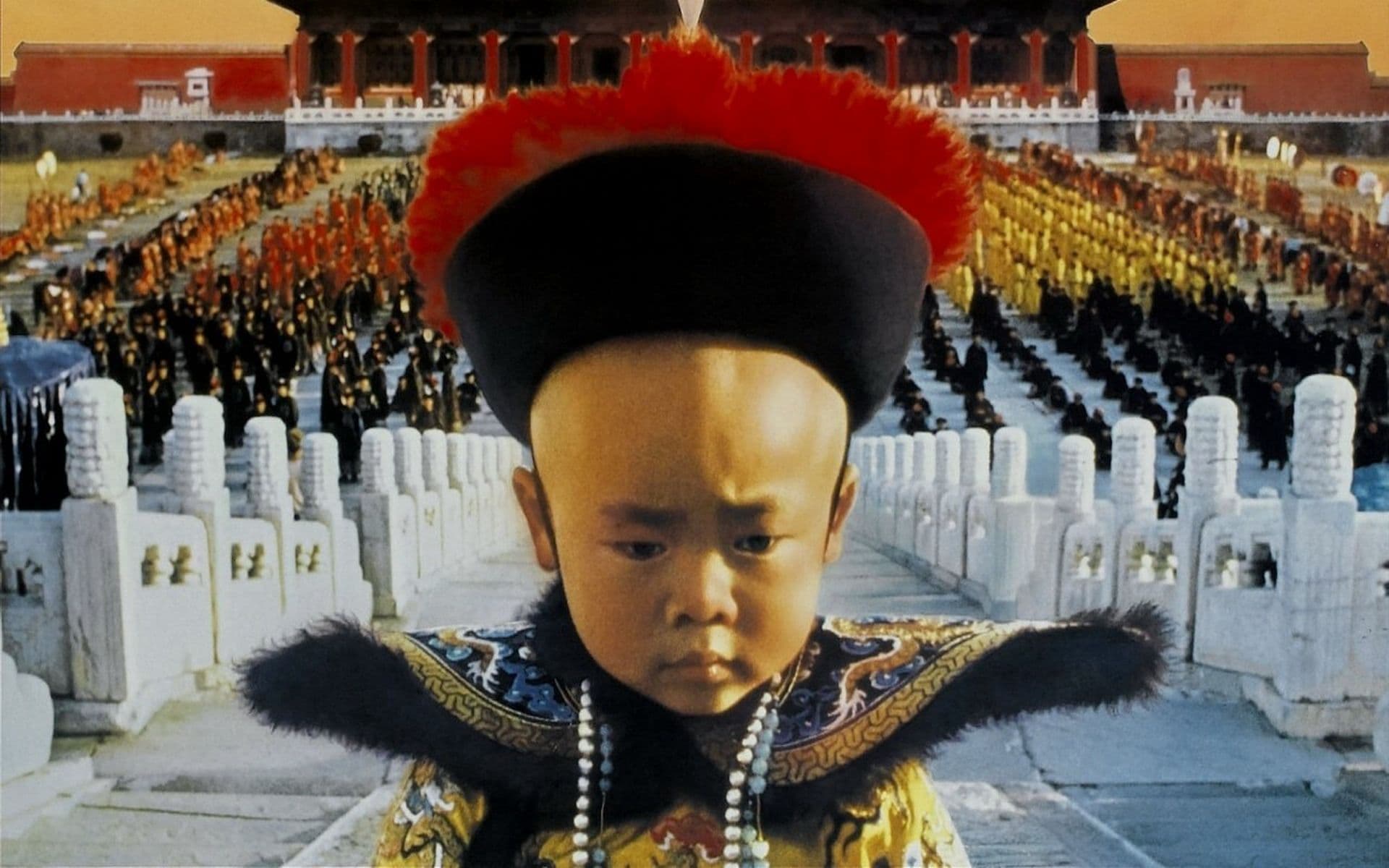


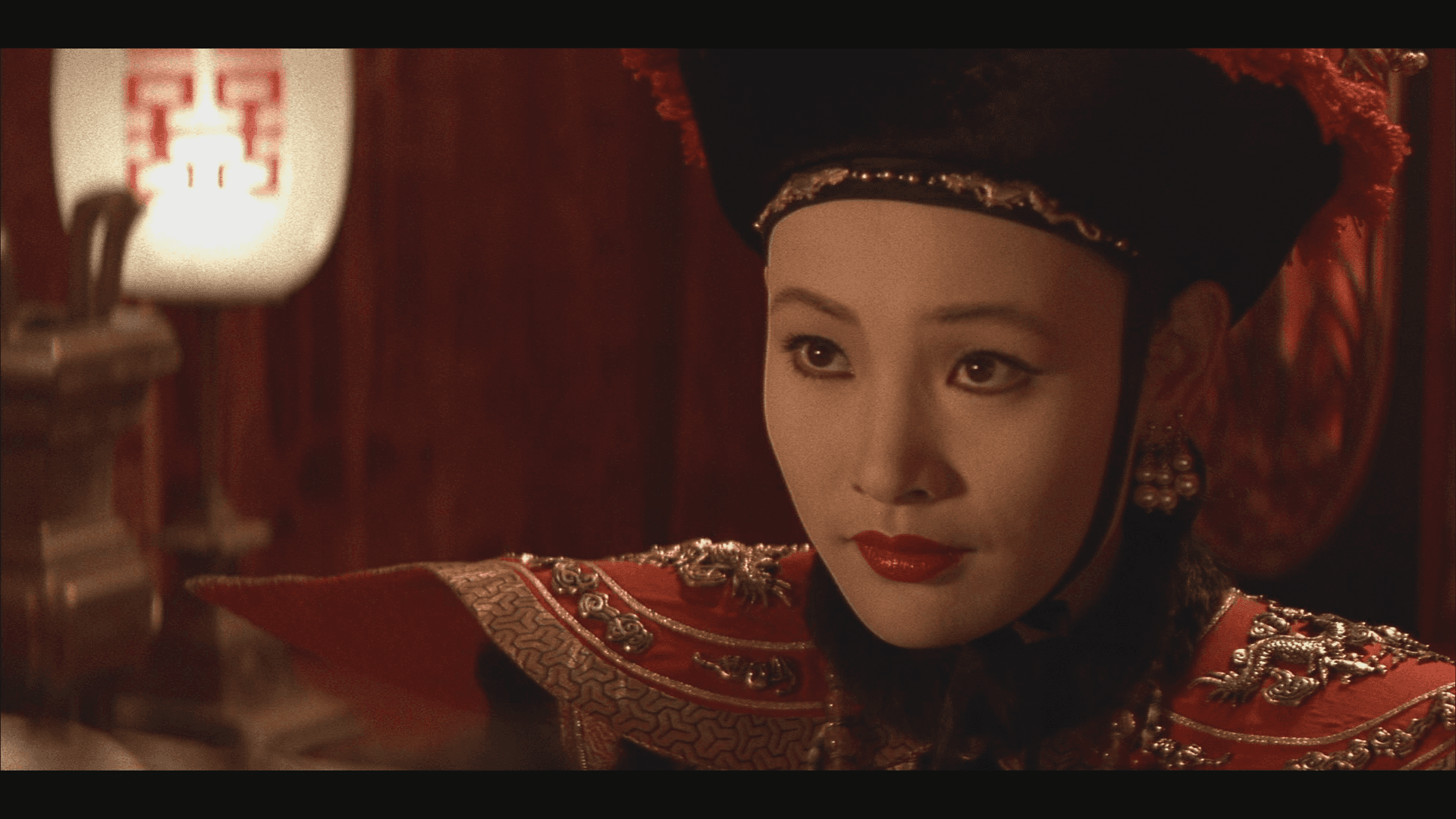
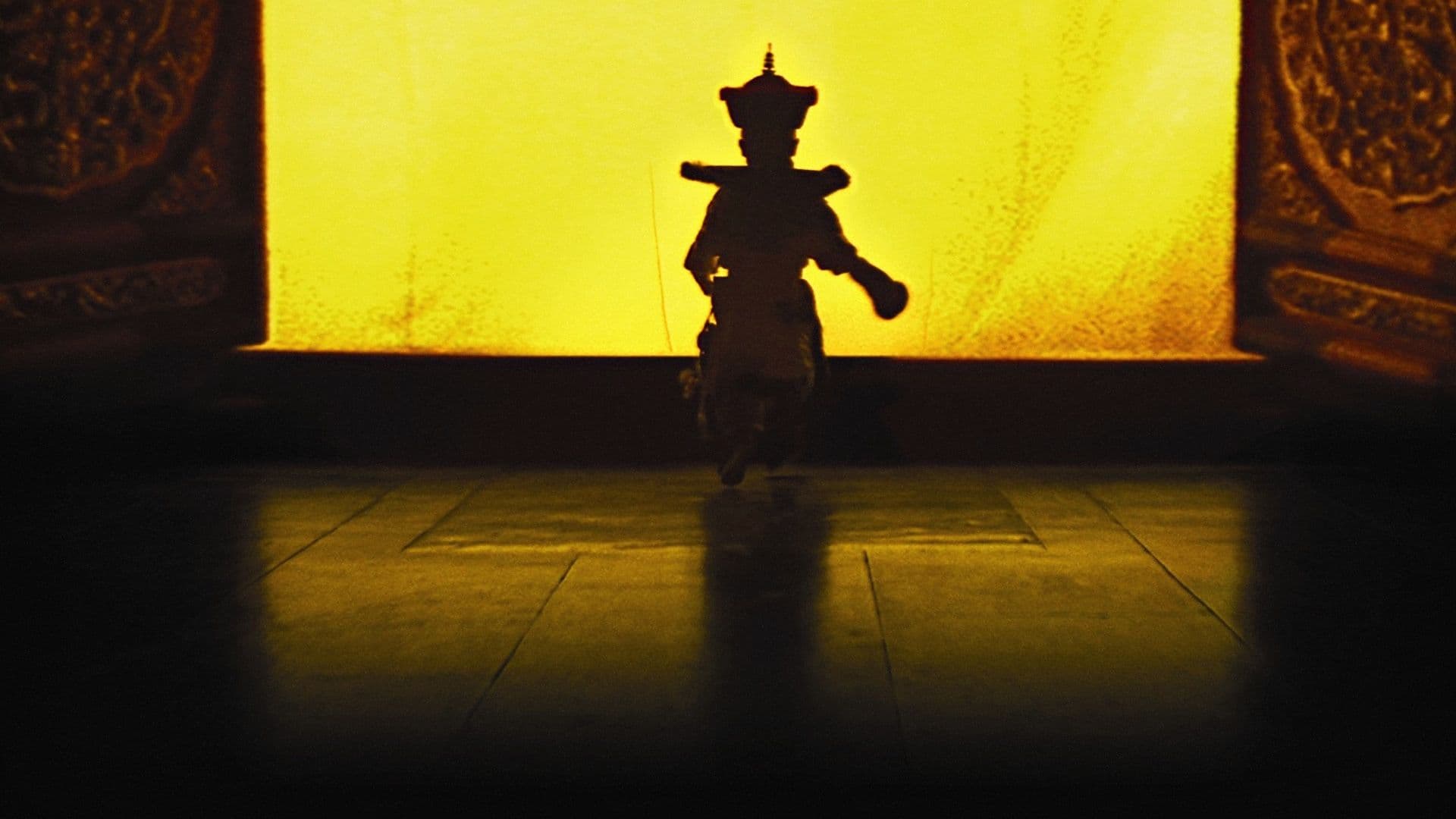
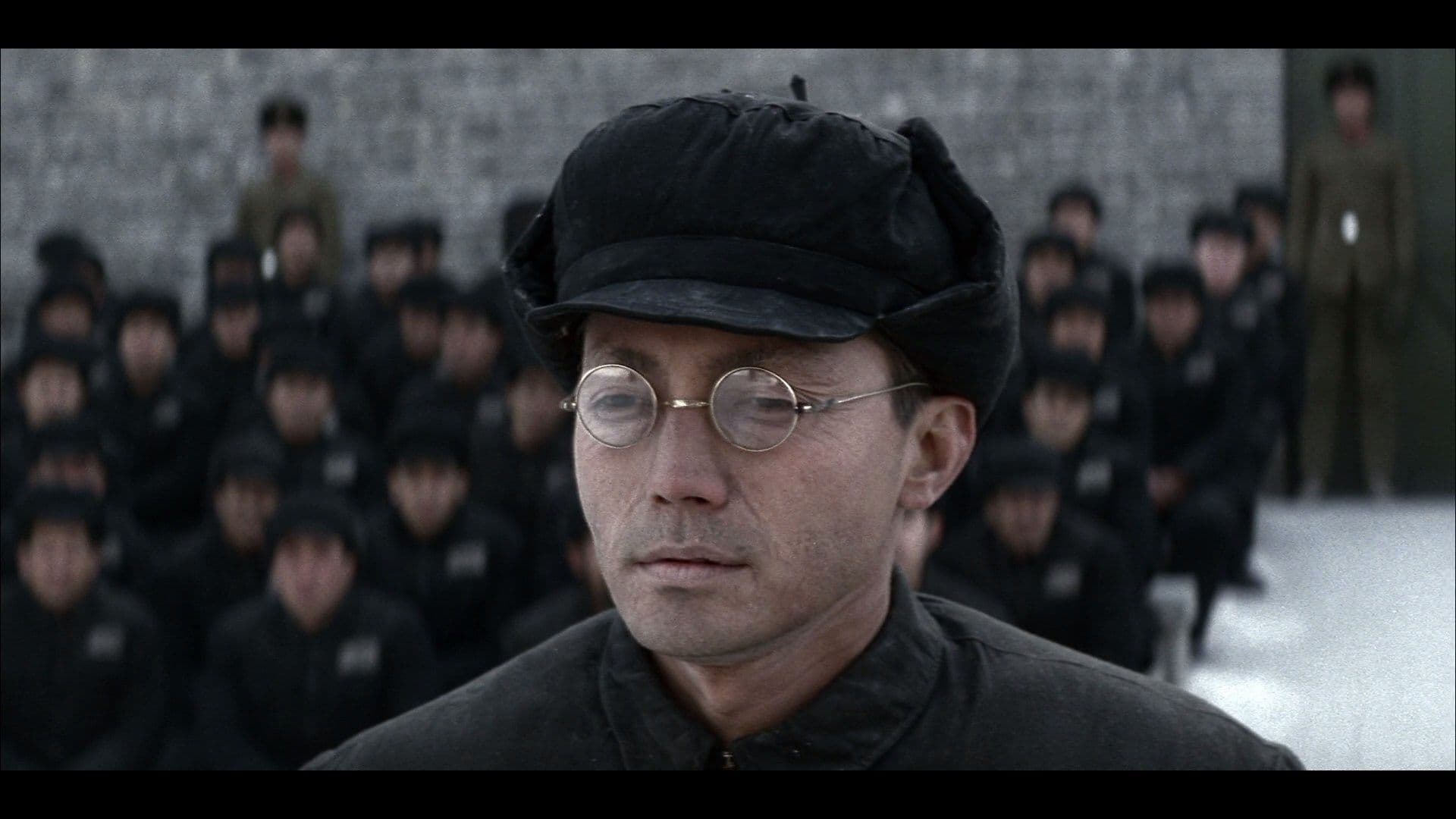
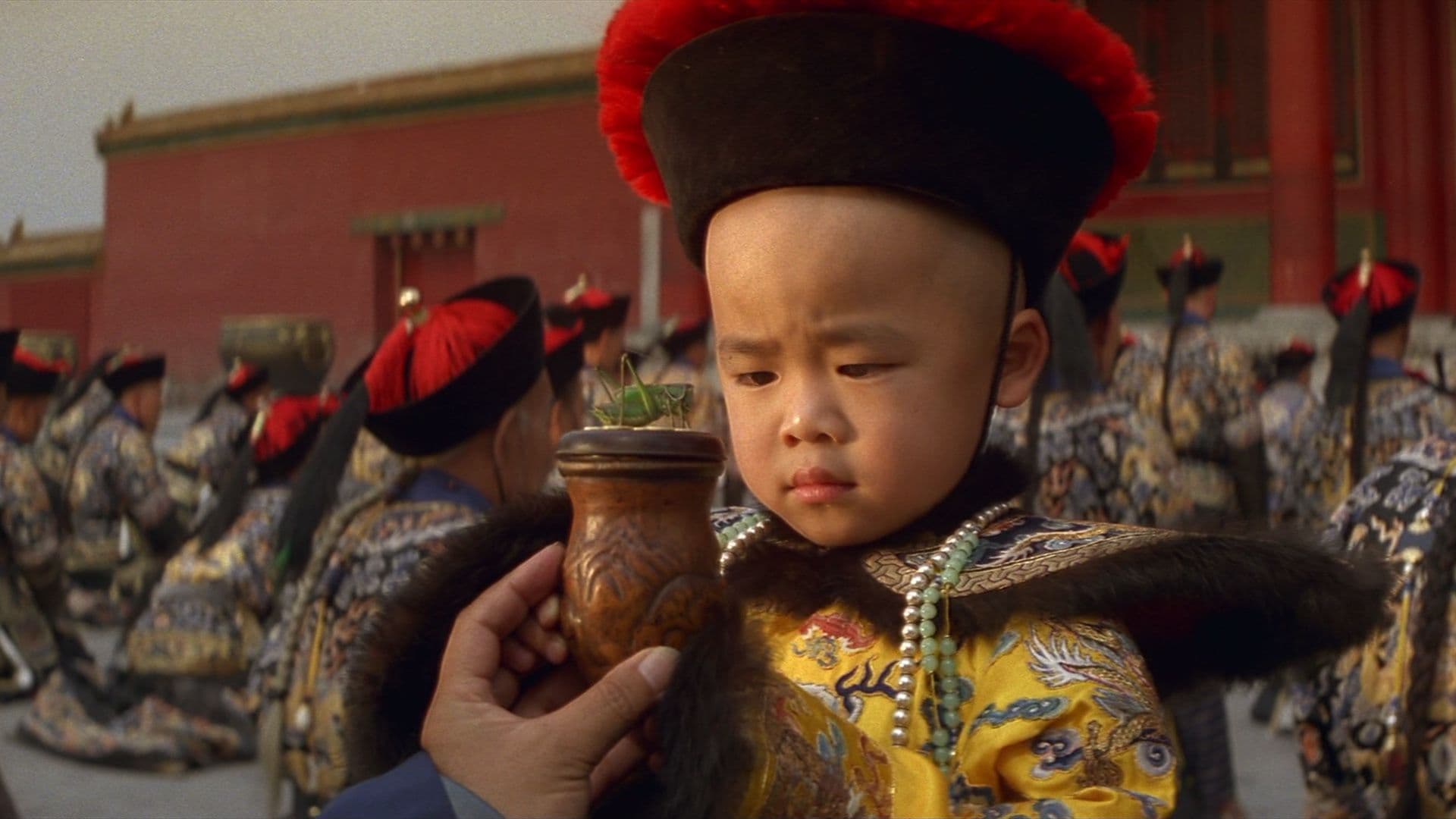


Comments
Loading comments...